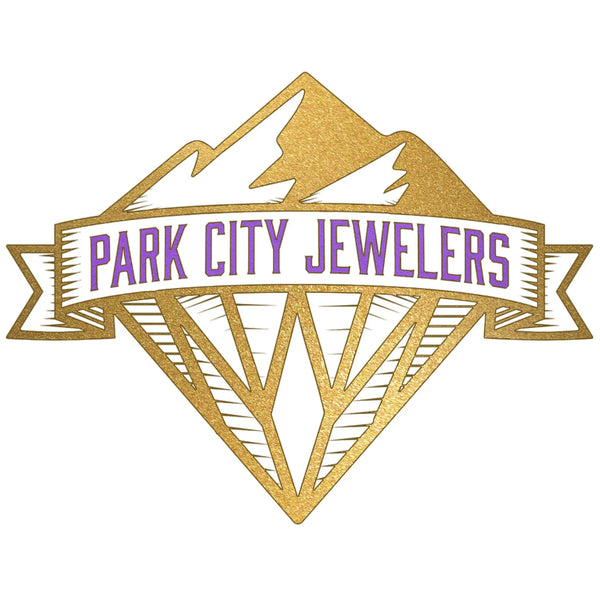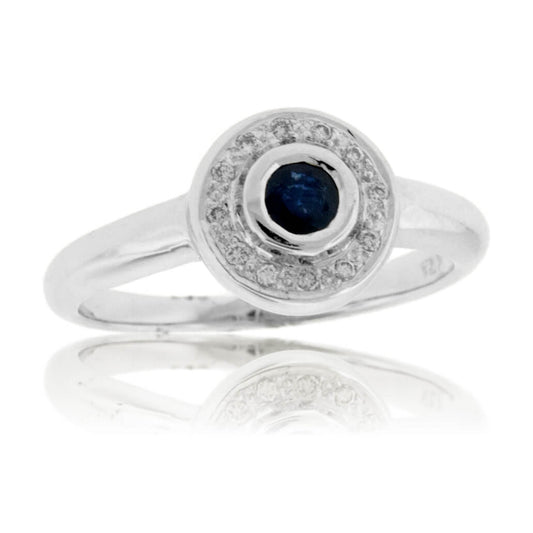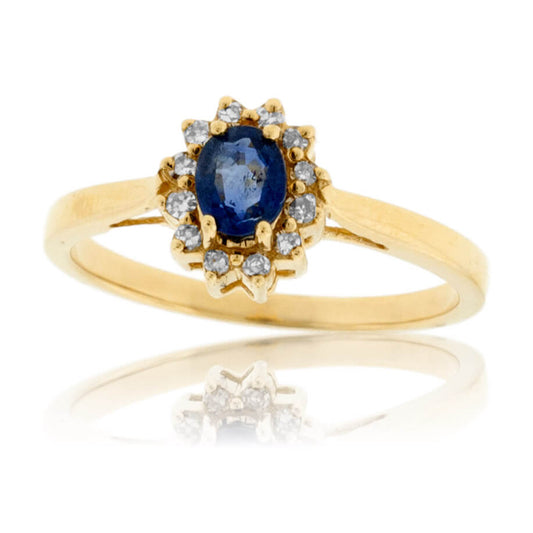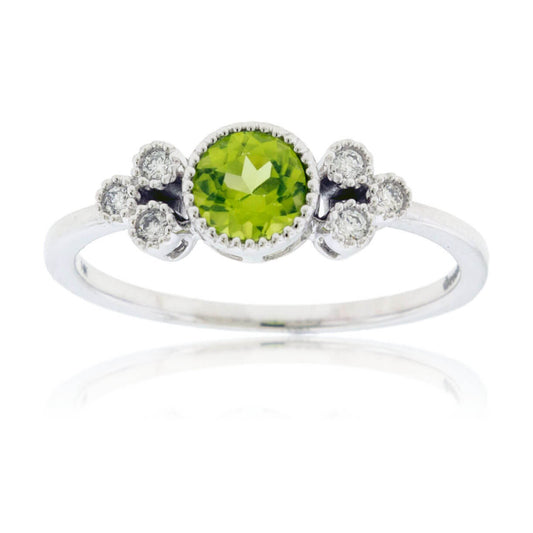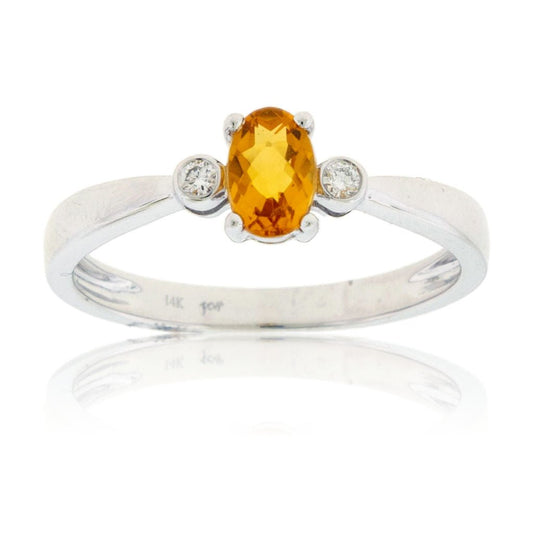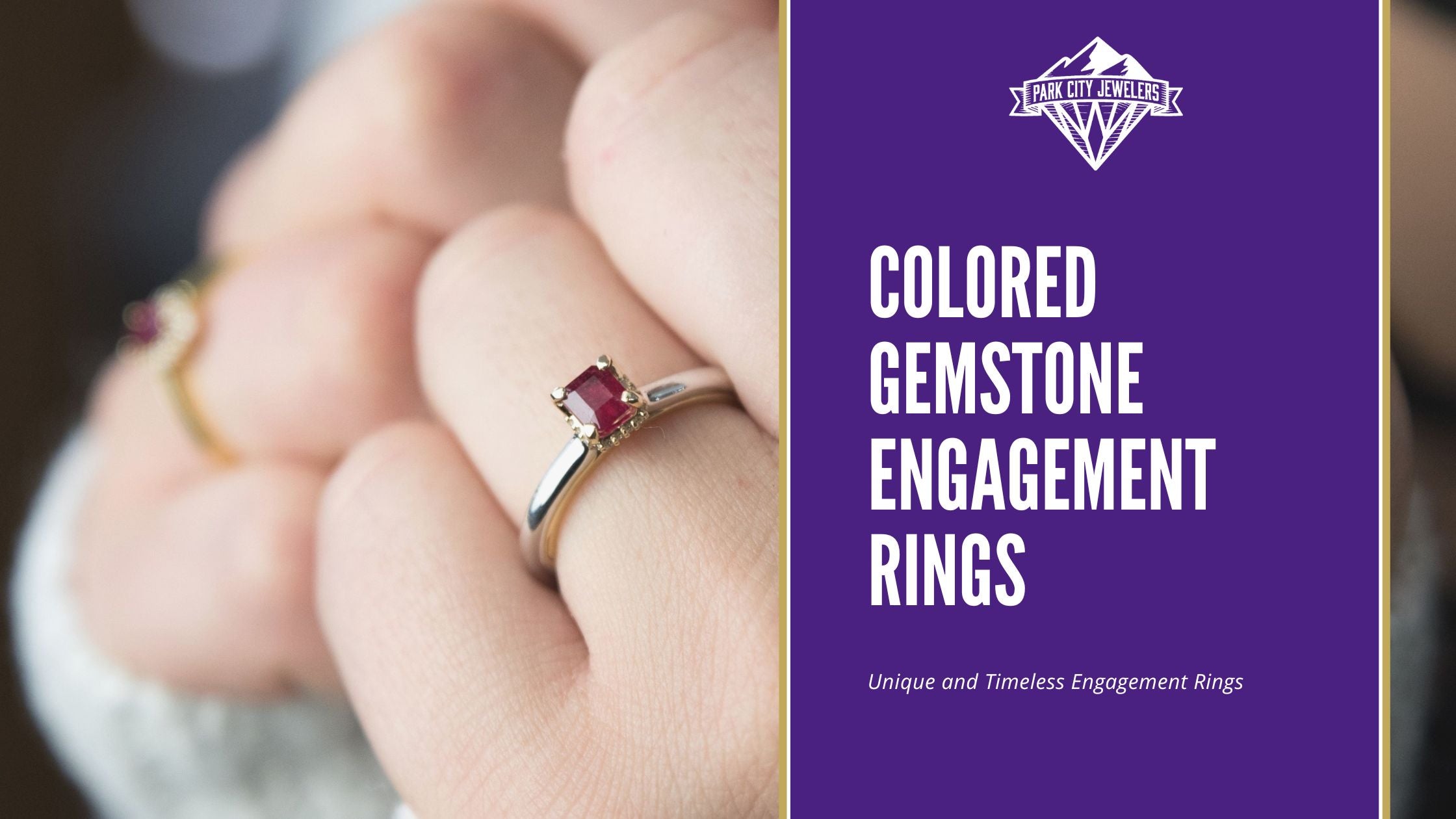
Colored Gemstone Engagement Rings
Planning on getting engaged? Looking to find a ring as unique and special as your future fiancé? Whether you decide to go the traditional diamond route, or to find a nontraditional stone or style, the good news is that there is no wrong way to choose an engagement ring and there are many fantastic options to choose from.
Consider a Stone's Hardness
One of the most important considerations when choosing a nontraditional engagement ring is the hardness of the stone. Gemstone hardness is measured on theMohs Hardness Scale. A diamond is the hardest precious stone and measures a 10 on the Mohs scale. All other gemstones are varying levels softer than diamonds.
Engagement rings are meant to symbolize the strength and endurance of your love for your future bride. Because engagement rings are worn daily, choosing a stone for an engagement ring that is too soft won’t stand up to the demands of everyday wear and can scratch, chip, or break over time.
For an engagement ring we recommend gemstones that are at least a 7 on the Mohs scale. This leaves plenty or great options including colored diamonds, moissanite, morganite, sapphires, rubies, and many more.
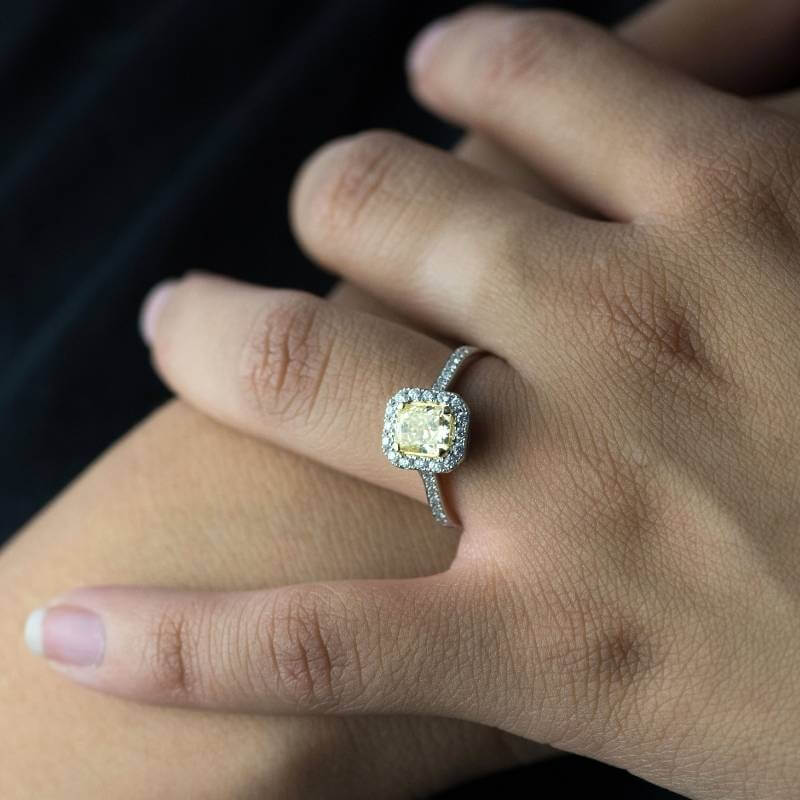
Colored Diamonds
Colored diamonds are a great way to introduce some personality into an engagement ring. Colored diamonds are valued a little bit differently than white or colorless diamonds. Cut portions and clarity are less emphasized when choosing a colored diamond, while the deepness and intensity of the color are primary considerations.
It’s also important to choose a setting that will compliment your colored diamond. Yellow diamonds are typically set with yellow gold, while pink diamonds look their best in a rose gold setting.

Moissanite - The Eco-Friendly Diamond Alternative
Moissanite is also a great choice because of its durability and measures a 9.5 on the Mohs scale. Like diamonds, moissanite comes in a variety of colors. Look for a flawless or near flawless colorless stone for the most fire and brilliance. A moissanite stone might not pass as a diamond, but they’re just as beautiful and nearly as durable.
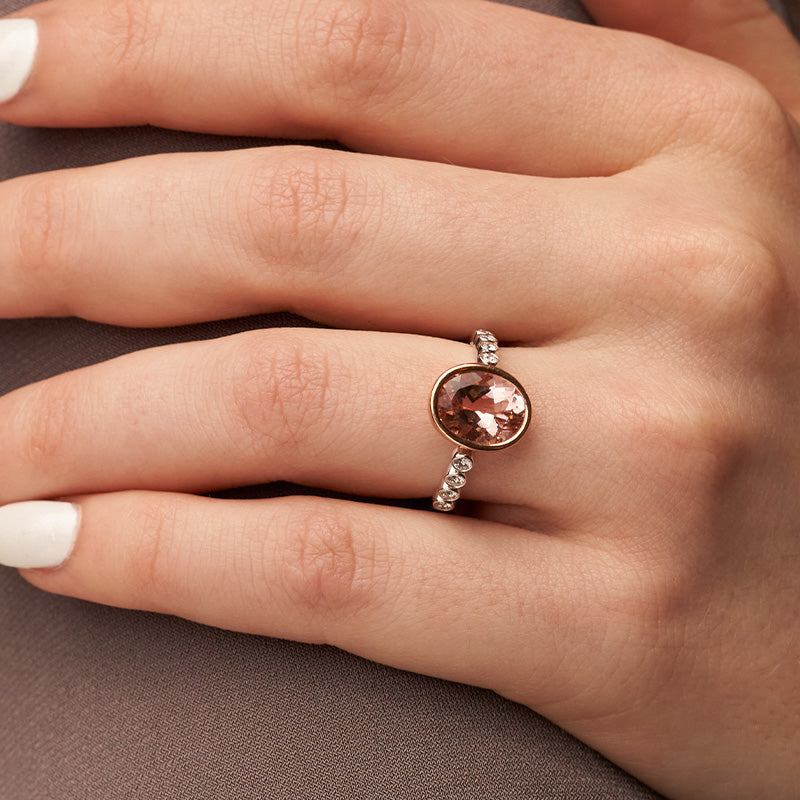
Morganite
Morganite is a naturally occurring stone in the family of emerald and aquamarine. Morganite makes a beautiful choice for an engagement ring, and is often sought after for its clarity and unique color. Ranging from soft pink to peach to purple, there is a wide variety of colors to choose from.
Morganite measures a 7.5 - 8 on the Mohs Hardness scale making it a great choice for an everyday wear piece like an engagement ring. Choose the right setting and color of stone and you’ll have an engagement ring that is truly one-of-a-find and breathtakingly gorgeous. This stone also really shines when it’s surrounded by diamonds.
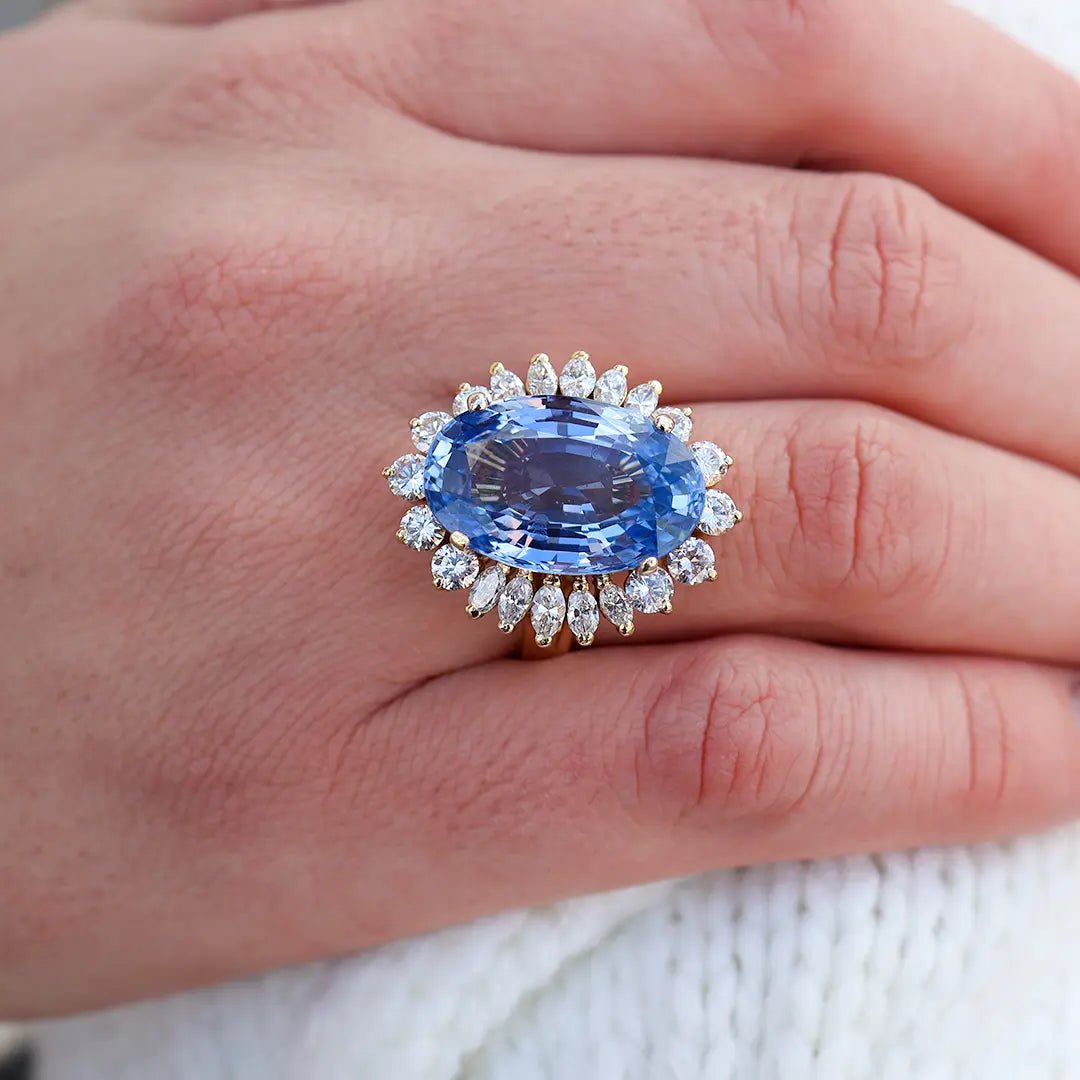
Sapphires
Sapphires are a great way to break the mold when choosing a nontraditional engagement ring. Sapphire engagement rings can thank Kate Middleton for their recent popularity. She was given Princess Diana’s 12 carat oval blue sapphire engagement ring from Prince Henry back in 2010.
Sapphires come in a wide range of colors including blue, purple, pink, green, orange, yellow, and even black, brown, and white. With so many color choices sapphires offer exceptional flexibility in choosing the perfect colored stone for your bride to be. Sapphires also look fantastic when paired with a diamond center stone or surrounded by smaller diamonds.
With a hardness of 9 on the Mohs scale, sapphires offer a durable engagement ring solution.

Rubies
Rubies have a long history as a gemstone and were the preferred choice of Kings and Queens. This makes a ruby engagement ring an elegant and timeless choice.
Rubies range in color from bright and vibrant red to darker red with almost brown undertones. Rubies are typically set in yellow and rose gold, but also look great in platinum and white gold settings. As with other stone options, rubies look fantastic surrounded by smaller diamonds.
Rubies are similar in hardness to sapphires and measure a 9 on the Mohs Hardness Scale.

Red Emerald - Utah's Own
Looking for an engagement ring that's truly one-of-a-kid? Red emerald, also known as red beryl or bixbite, is extremely rare and only found in Utah's Wah Wah mountains. Red emerald is so rare in fact that only one crystal is found for every 150,000 diamonds that are mined, and many people consider it to be the rarest gemstone on earth.
Red emeralds are valued based upon on their size and color with large stones being extremely rare. In fact, a two carat red emerald is considered as rare as a 40 carat diamond!
Red emerald is similar in hardness to morganite and measures 7.5 - 8.0 on the Mohs Hardness scale making it a great engagement ring choice.
Colored Gemstones Make Stunning Engagement Rings
There are endless options when choosing a gemstone for your engagement ring. A nontraditional ring often carries much more significance and meaning in the long run than a traditional diamond solitaire. Going nontraditional means that her engagement ring will always have a story as unique as your love story.
Shop Our Collection of Colored Gemstone Engagement Rings Today!
Shop Gemstone Engagement Ring Collection
-
Round Blue Sapphire Diamond Bezel Style Ring
Regular price $439.00 USDRegular priceUnit price / per -
Oval Blue Sapphire & Diamond Classic Halo Ring
Regular price $469.00 USDRegular priceUnit price / per -
Round Peridot and Diamond Halo Ring
Regular price $549.00 USDRegular priceUnit price / per -
Fancy Cut Oval Citrine and Diamond Accented Ring
Regular price $585.00 USDRegular priceUnit price / per
Subscribe to our emails
Be the first to know about new collections and exclusive offers.
